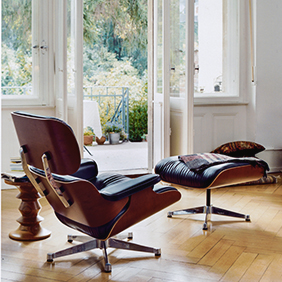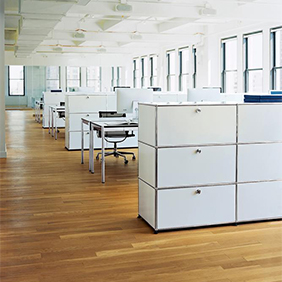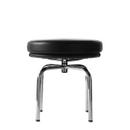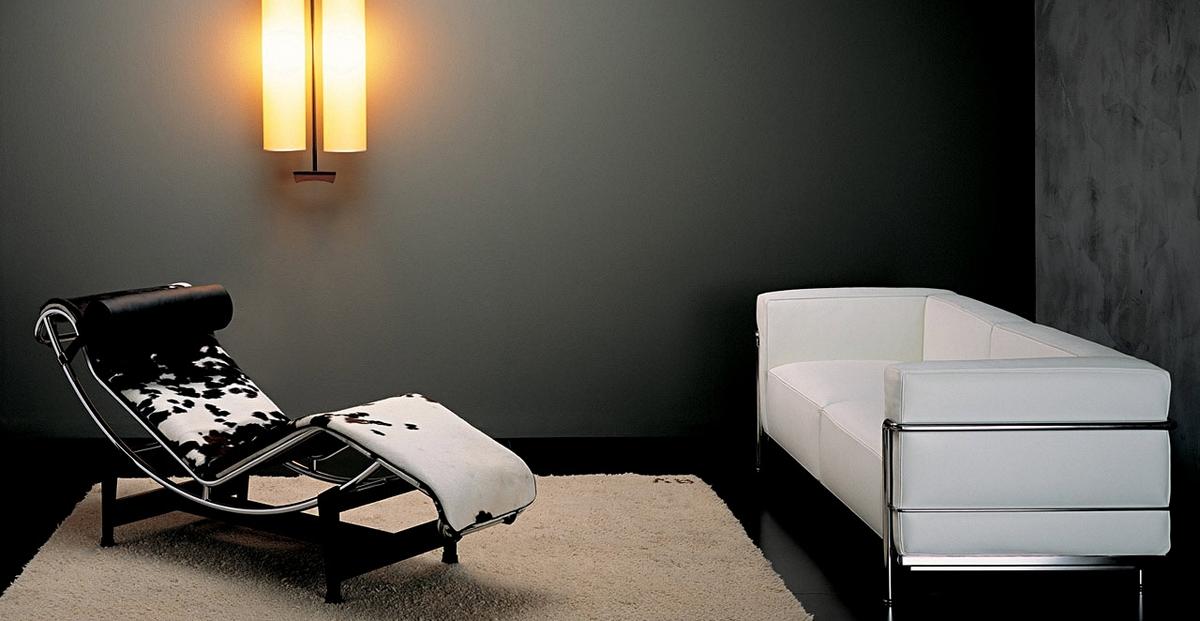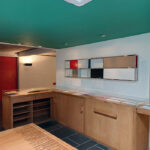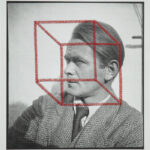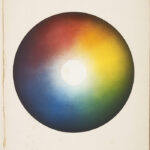The Modulor — Measure and Proportion at Pavillon Le Corbusier, Zürich
..."Customs turn into habits, some modest, some all-powerful", opined Le Corbusier in 1950, a reference to that inexplicable way humans have of passing through life blithely accepting all that has come before, accepting all that existed when they were born, as fixed and immutable and unchallengeable; an acceptance of the familiar, the existing, as fixed and immutable and unchallengeable that, for Le Corbusier, represented a major hindrance to the "free play of the mind"... However, Le Corbusier continues, "a simple decision can sweep away the obstacle, clearing the path for life"...


